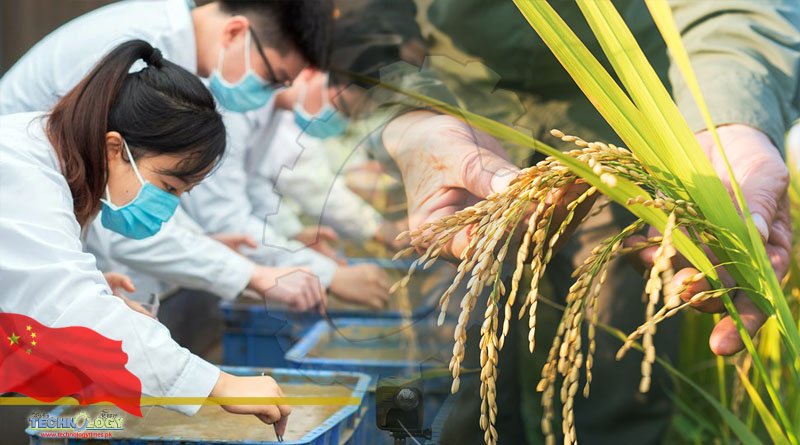Vice-Minister told that policy tools will be used to attract more capital to finance the State-led breeding research effort that also involves the country’s major grain companies, top research bodies and other potential nongovernmental forces.

China is working toward more breakthroughs in breeding research as the world’s biggest grain importer races to develop more homegrown varieties of crops and livestock to better feed the country’s 1.4 billion people, according to the Ministry of Agriculture and Rural Affairs.
Vice-Minister told a panel of agricultural officials, business owners and researchers in Beijing that policy tools will be used to attract more capital to finance the State-led breeding effort that also involves the country’s major grain companies, top research bodies and other potential nongovernmental forces, said a media release by the ministry.
The cultivation of better strains of food with independent intellectual properties should be accelerated, and “China’s food security needs to be secured using our own seeds”, he was quoted as saying.
The top 10 crop and livestock companies will receive support to carry out independent research to boost their competitiveness in hopes that their overspill effect will benefit the whole industry.
The research efforts will be focused on 10 major crops and livestock, and aimed at upgrading important food species, such as rice, wheat, soybean and swine, so that “technological independence and control over the source of seeds and livestock can be strengthened”.
The ministry will also support research into 64 local specialties to meet the needs of Chinese consumers.
Zhang asked attendees — which included representatives from the Chinese Academy of Agricultural Sciences, the Agricultural Development Bank of China and CITIC Group, which owns a seed company — to attach great importance to the task and make specific timetables and road maps, the media release added.
The Communist Party of China concluded its twice-a-decade National Congress in October. The report to the Party’s 20th National Congress said that it will “invigorate the seed industry, and support the development of agricultural science, technology and equipment”.
China’s rice output per unit is 70 percent higher than the global average, and the number for wheat is around 1.7 times that of the grain’s major exporters, such as the United States and Canada.
But China still relies on imported strains to boost output for certain foods, such as corn and soybean, whose output per unit is about 60 percent of that in the US. China’s homegrown cow species produce just 70 percent of the milk of their foreign counterparts.
China feeds one-fifth of the world’s population with just 9 percent of the Earth’s farmland, two-thirds of which are scattered across the country’s arid or semiarid regions.
The limitations make it hard for growers to increase output simply by enlarging growing areas.
Gene-editing technology, which has been commercialized for more than two decades, is growingly regarded as a crucial way to tackle food shortages worldwide.
A commentary published by Guangming Daily said, “The industrialization of biological breeding effort will be an important strategic choice to improve the supply capacity of animal feed and grain.”
China’s food demand was 697 million metric tons in 2020, according to a World Bank estimate.
The China Agriculture Sector Development Report has projected the number to reach over 896 million tons by 2035.
Originally published at China Daily
